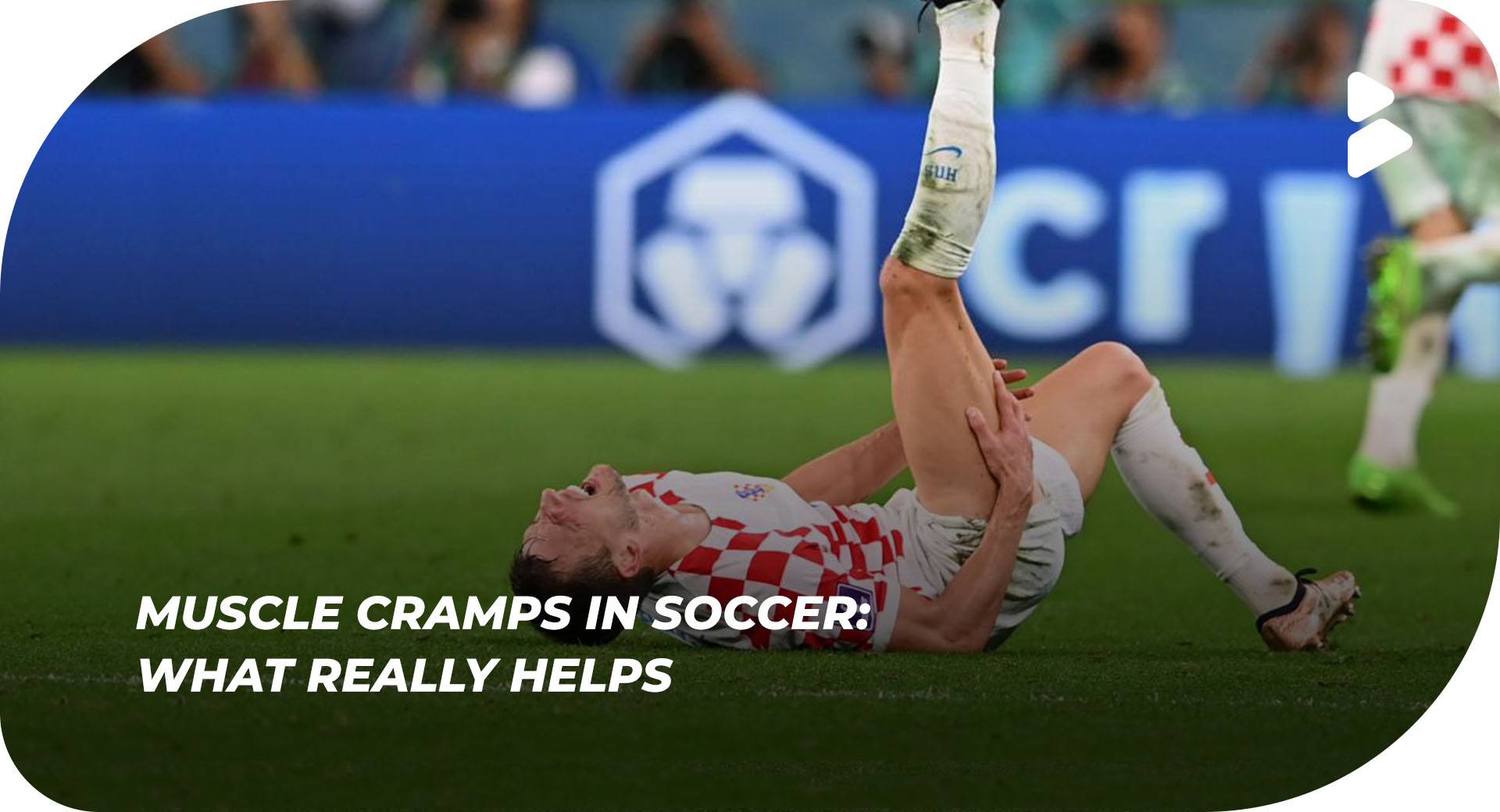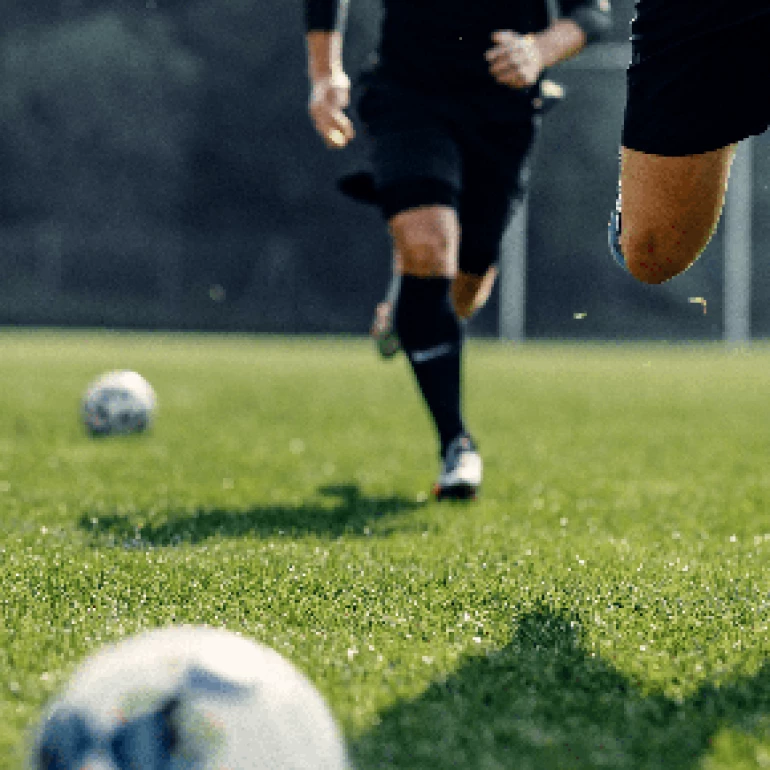The myth of magnesium
Once the immediate relief has been carried out, the aim is to prevent the cramp from recurring quickly. This is, after all, tantamount to preventing a muscle cramp.
It is therefore important to know the cause. There are several possible triggers: lack of fluids, lack of sodium or lack of warm-up.
Magnesium is often recommended to counteract this. This assumption is based on the fact that the energy supplier of the body cells is bound to magnesium. In the meantime, however, there are several studies that emphasise that a muscle cramp is actually always due to a lack of water in the body. This is closely linked to the lack of sodium, which in turn is linked to the high sweat loss in endurance athletes.
In short, it is more important to replenish the fluid and salt balance in the body than to take magnesium. Magnesium can help to a certain extent, but primarily only if there is already a deficiency in the body before the sport.
In fact, the intake of magnesium has an effect on the entire musculature in the body. This also applies to the intestinal muscles. Targeted supplementation of magnesium during exercise can therefore be counterproductive and lead to diarrhoea. On top of that, it can have a fatiguing effect.
It's all about the salt balance
It is therefore much more essential to return the missing salt to the body. This can be done with an electrolyte mixture, isotonic drinks, gels, a salt tablet or adding a little table salt to the water bottle.
Here the formula applies: 1 gram of sodium corresponds to 2.54 grams of common salt. Fruit juice spritzers with salt are even better, as pure water contains fewer electrolytes and at the same time dilutes the salt content in the blood. As a preventive measure before a long run, for example, you can apply the rule of thumb: 1 to 2 grams of common salt per hour of endurance sport.
However, it is important to always combine this with sufficient water. Cucumber water is generally considered an insider tip for absorbing the necessary nutrients.
Energy drinks can help immediately before exercise, as they often contain salt, but they should be used with caution. Blood sugar can drop rapidly at some point. This does not lead to cramp, but possibly to fatigue or circulatory problems.
The right food to prevent cramps
The easiest way to prevent muscle cramps is to follow a few dietary hacks.
It's fine to have a salty meal the night before, and even salty pizza is not forbidden in principle - although there are, of course, far better pre-match diets. Just as good or additional are a banana (potassium), nuts (potassium, magnesium), egg(yellow) (calcium), wholemeal products (magnesium) or even sausage or cheese (sodium) for breakfast to prevent the impending loss of minerals.
Green vegetables (calcium, magnesium) are also recommended. A sweet meal in the morning, on the other hand, is rather suboptimal. Everything you should consider before a game or run applies equally to replenishing the body's nutrients after exercise.
To prevent muscle cramps in the long term, we can also recommend regular dynamic stretching or mobilisation exercises.




